Air pressure in tyres is a simple but very important thing. Checking and adjusting it is not difficult, but the consequences may be severe if you ignore it. In this text you will find out how to read and adjust the tyre air pressure correctly.
Why check the air pressure?
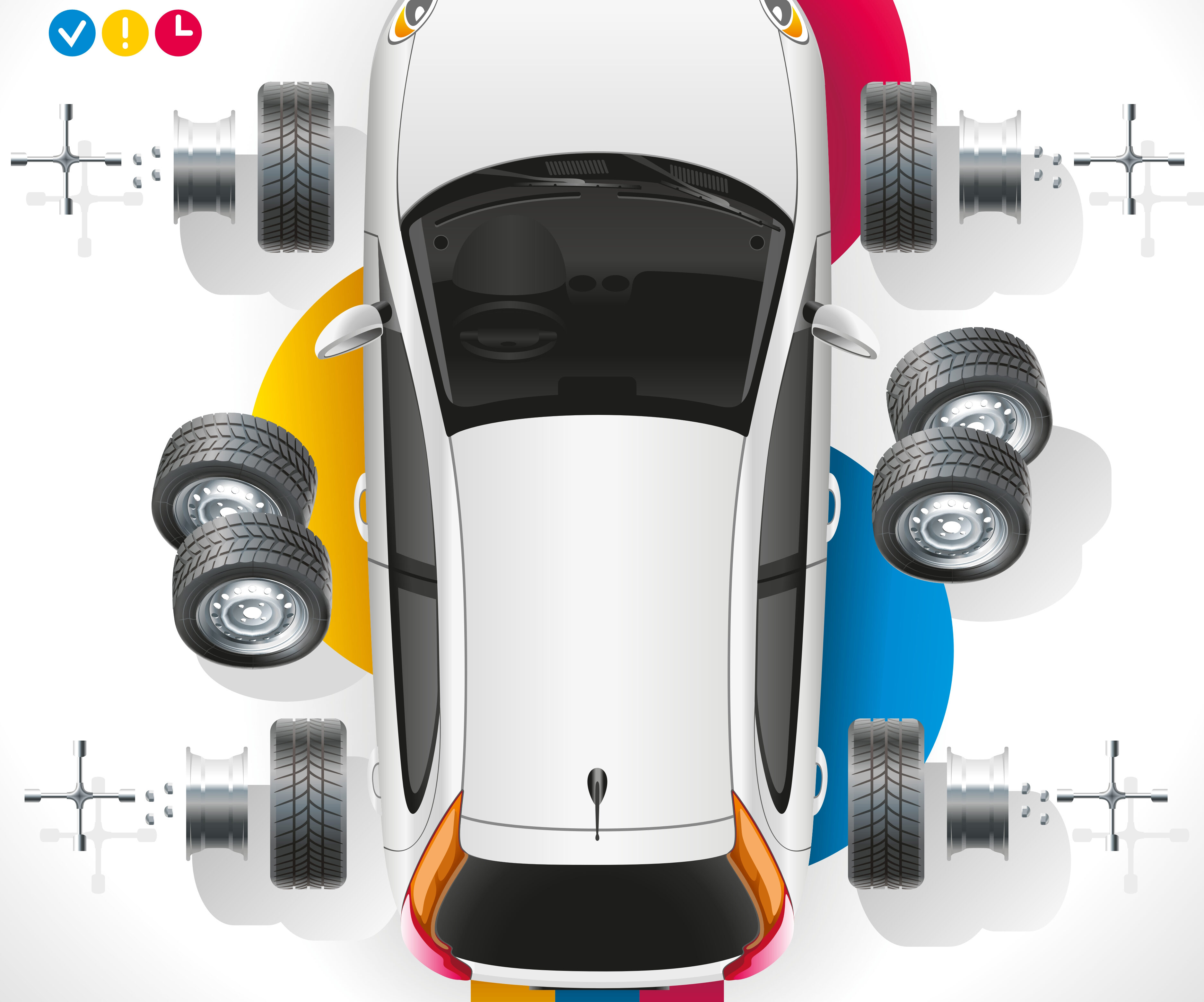
The contact area of all four car tyres on the road is about the size of an A4 sheet. Under normal conditions, this comparatively tiny contact area is enough to keep the car safely on the road.
However, it is important that the air pressure in the tyres is correct. If the tyre is too tight, the contact area is reduced. Furthermore, the tyre is subject to much higher loads and can burst if the recommended air pressure is massively exceeded while driving.
If the tyre is underinflated, the contact area will increase. However, this does not make driving any safer, on the contrary. The guidance through the rear wheels decreases and the car skids more quickly. Similarly, steering movements are transmitted slowly if the tyres on the front axle do not have sufficient pressure. In addition, the braking distance increases, and fuel consumption goes up.
It is therefore important to always keep to the recommended pressure values as closely as possible.
Where is the air pressure in tyres?
The air pressure values that apply to a car are often marked on a car. Typical locations are as follows:
– Inside of the driver’s door
– Inside of the tank cap
– Side wall in the boot
– Under the bonnet
In any case: see the vehicle’s user manual
Knowing your car also means knowing where to check the tyre pressure. If necessary, you can also ask the dealer. They will be happy to show you where the sticker with the pressure values is located.
How to measure the tyre air pressure correctly
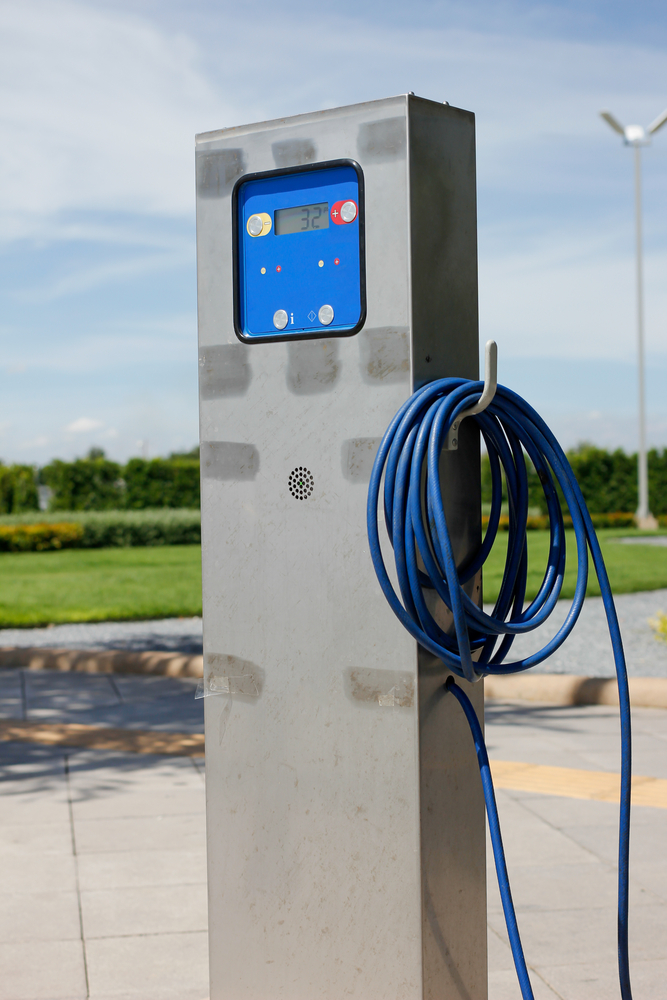 The tyre pressure can be measured at any petrol station. The former widely used “Henkelmann pressure devices” are now increasingly being replaced by pressure stations.
The tyre pressure can be measured at any petrol station. The former widely used “Henkelmann pressure devices” are now increasingly being replaced by pressure stations.
To get correct values, you should park your car for a few minutes after a long motorway journey. This gives the tyres time to cool down. Tyres that are too warm will show that the pressure is too high because warm air expands. This causes the internal pressure in the tyre to increase slightly. Don’t worry – the tyre manufacturers have taken this increase in pressure into account. There is nothing to be afraid of yet. But if the internal pressure of a warm tyre is reduced to the recommended minimum value, there may be too little pressure afterwards.
Therefore: always let warm tyres cool down a little before measuring the pressure.
The pressure measurement is carried out in the following steps:
|
1. Unscrew all valve caps and stow them safely (if necessary, remove the hub caps beforehand)
2. Place the grommet from the tyre pressure device straight onto the valve and anchor it.
3. Read the pressure values.
4. Set the tyre pressure to the recommended value on the display of the tyre pressure device with the + or – key |
When there is always too little air in the tyres
The fact that the tyres gradually lose pressure over time is completely normal. Having to correct the tyre pressure two or three times a year is still within reason.
However, if the freshly inflated tyre is dangerously flat the next day, you should definitely investigate the matter.
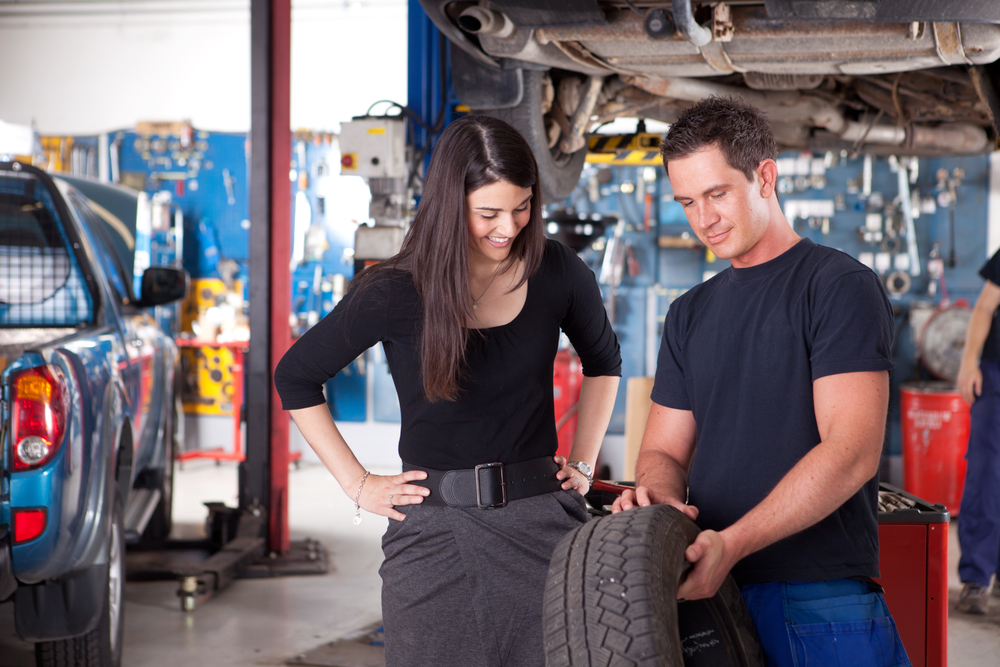
If you’re lucky, only the valve is broken. This can be changed at a specialised workshop with a few simple steps. Most of the time there is a hole in a tyre. For safety reasons, a damaged tyre is no longer repaired or patched, but replaced.
We also recommend that you always use the same good quality tyres at least on each axle. This way, the car’s driving performance is once again optimally and permanently assured.
What are the benefits of tyre gas?
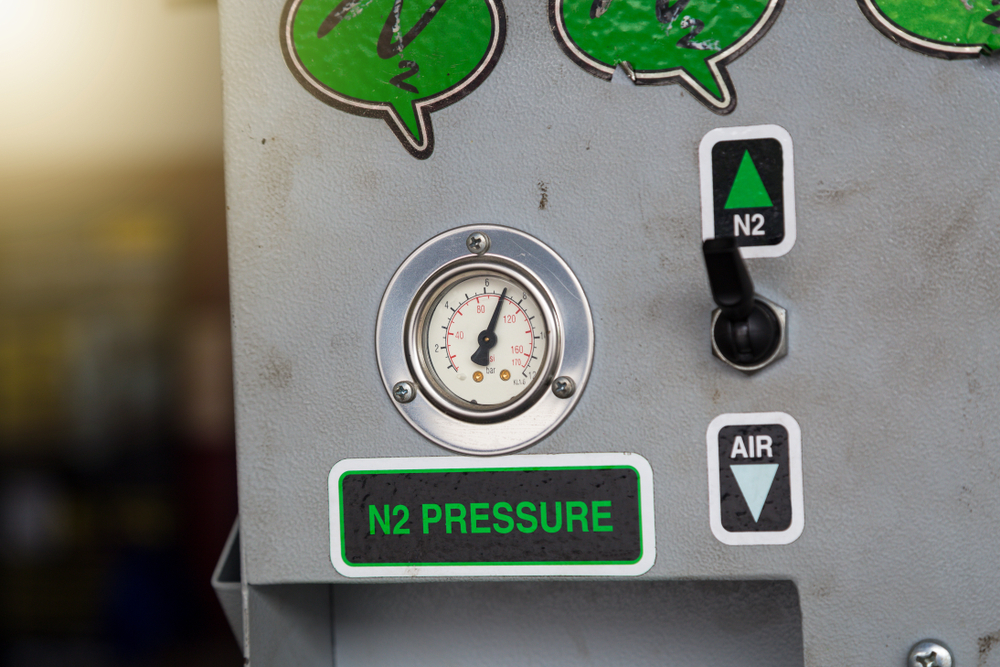 Heavy duty tyres such as those of aircrafts or racing cars are usually filled with a mixture of 90% nitrogen and 10% CO2.
Heavy duty tyres such as those of aircrafts or racing cars are usually filled with a mixture of 90% nitrogen and 10% CO2.
There are two reasons for this:
– lower pressure loss
– reduction of a fire hazard
Indeed, the large nitrogen molecules cannot escape as easily as the oxygen-air molecules.
However, the expensive tyre gas filling is of no use to the average driver. Even if “only” 3 pounds per tyre are estimated, this investment is completely unnecessary for normal cars. It is better to invest in a nice polish.
A must since 2014: automatic tyre check
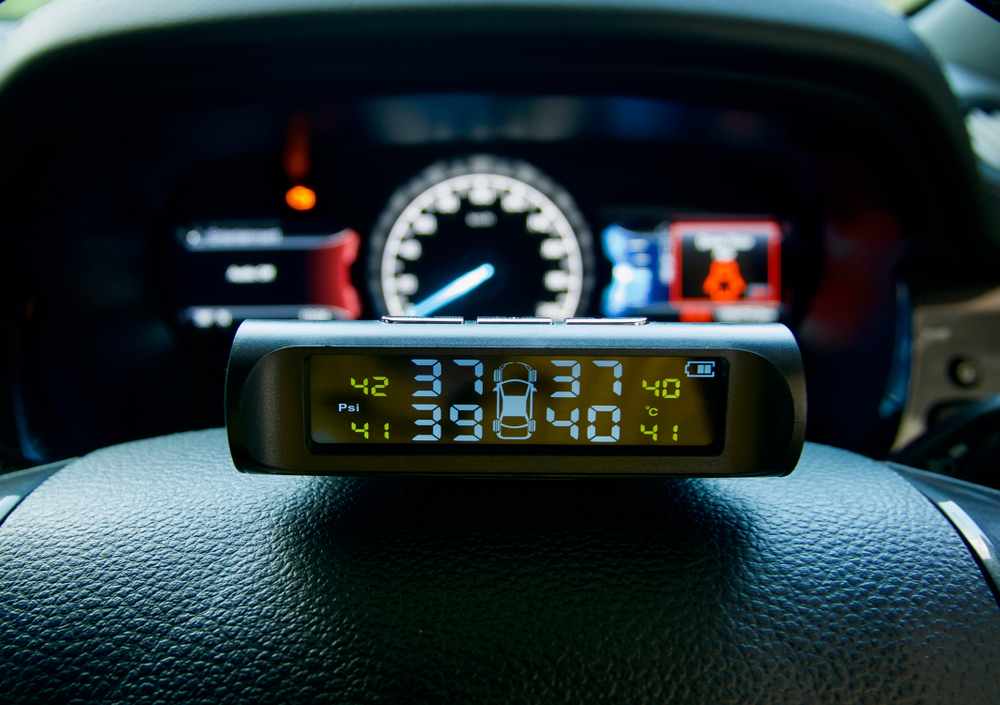 Since 2014 it has been mandatory for car manufacturers to install an automatic tyre monitoring system in new vehicles. This extremely practical feature immediately informs the driver when the internal pressure in a tyre has reached a dangerously low level. A sensor is installed on the rim of the tyre, which constantly measures the tyre pressure and sends a signal to the control unit. There are also tyre pressure control units available for retrofitting. These are screwed onto the valves instead of the caps. However, such retrofit systems do not achieve the precision and reliability of the devices fitted as standard. For their part, these have two hooks: you need a separate sensor for each rim. They cannot be converted from summer to winter tyres but are firmly anchored to the rim. The first set of winter wheels therefore costs an additional 280 pounds if the sensors also should be retrofitted in them. The second catch is that the sensors run with an integrated battery. If this is empty, the battery cannot be changed. You should buy the whole sensor new. For two sets of tyres, an additional 550 pounds is therefore a pay every 5 – 7 years. Since 2014 it has been mandatory for car manufacturers to install an automatic tyre monitoring system in new vehicles. This extremely practical feature immediately informs the driver when the internal pressure in a tyre has reached a dangerously low level. A sensor is installed on the rim of the tyre, which constantly measures the tyre pressure and sends a signal to the control unit. There are also tyre pressure control units available for retrofitting. These are screwed onto the valves instead of the caps. However, such retrofit systems do not achieve the precision and reliability of the devices fitted as standard. For their part, these have two hooks: you need a separate sensor for each rim. They cannot be converted from summer to winter tyres but are firmly anchored to the rim. The first set of winter wheels therefore costs an additional 280 pounds if the sensors also should be retrofitted in them. The second catch is that the sensors run with an integrated battery. If this is empty, the battery cannot be changed. You should buy the whole sensor new. For two sets of tyres, an additional 550 pounds is therefore a pay every 5 – 7 years. |
Foto: Art_Photo, Paiboon Chooklin, AntonioKalini, Prathan Nakdontree, Pair Srinrat, CGN089, Luca Santilli, Littlekidmoment, Tyler Olson, Titikul_B/ shutterstock.com

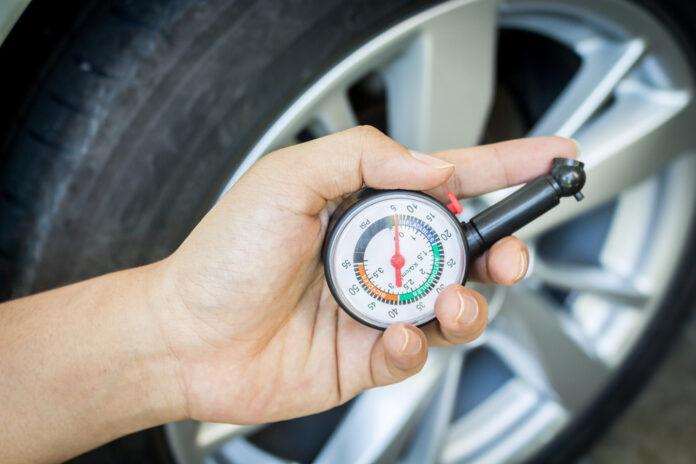

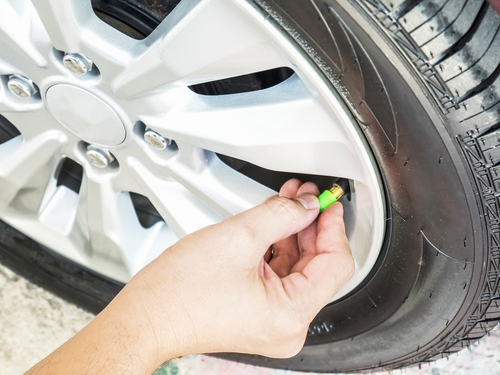
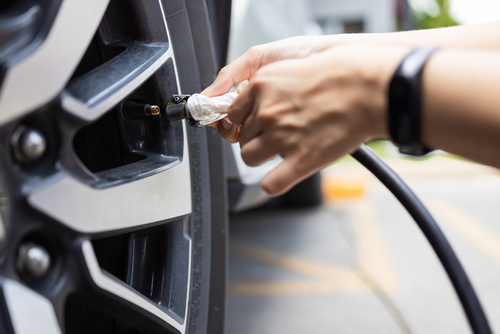
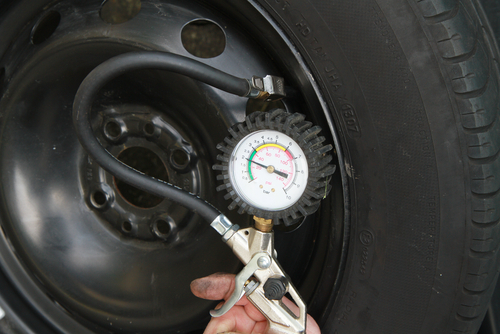
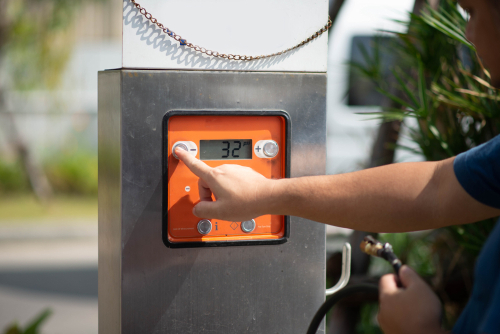
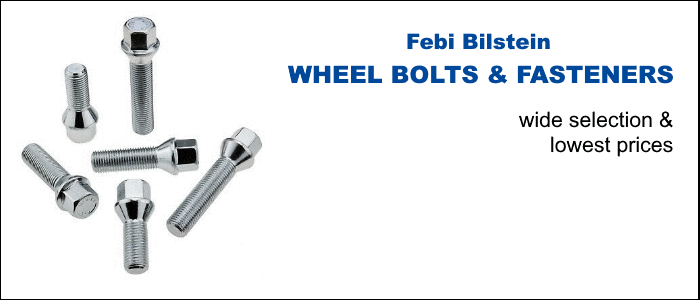

 (27 votes, average: 4.70 out of 5)
(27 votes, average: 4.70 out of 5)







